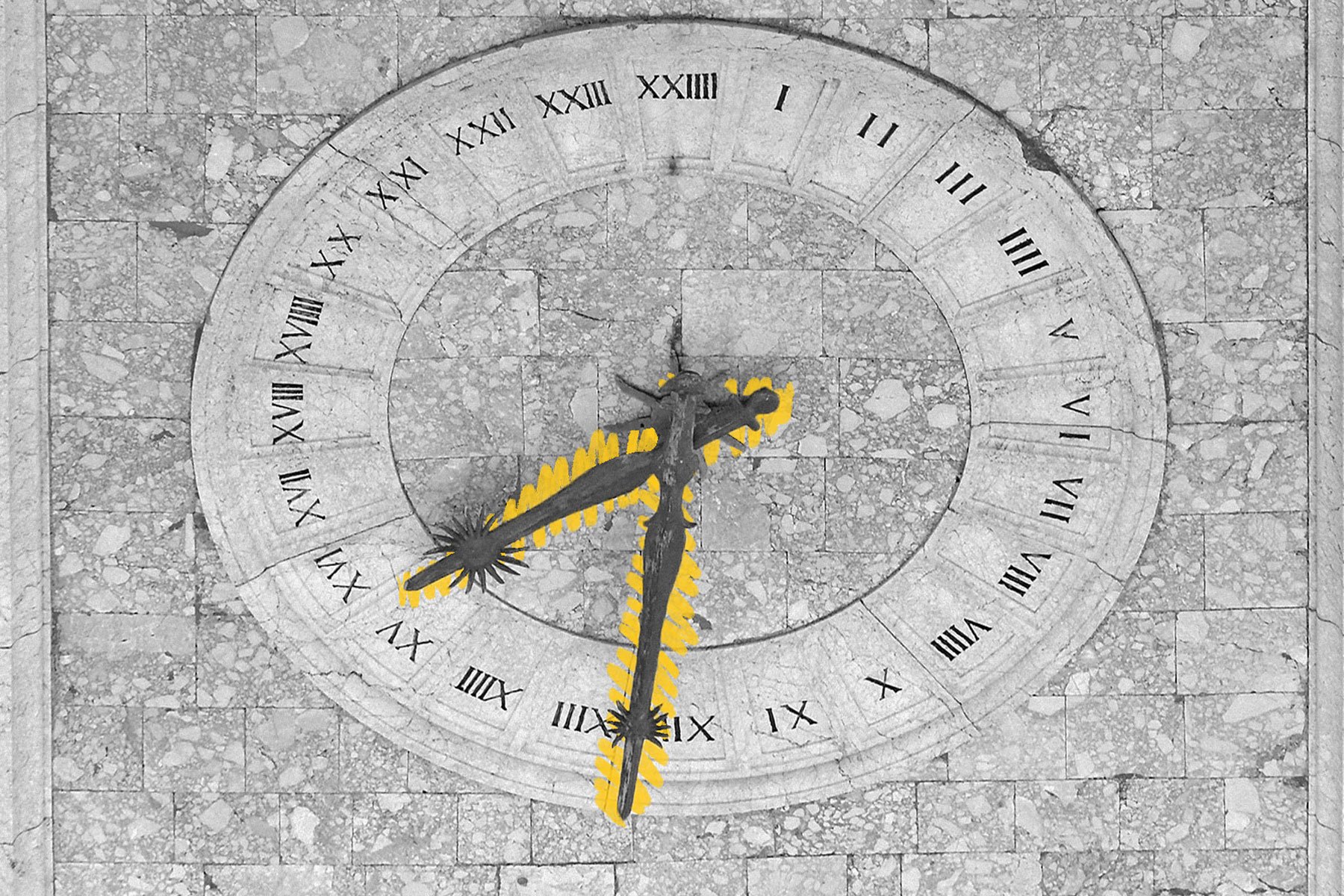| For starters, the ancient timekeeping system tracked daytime and nighttime separately, with each divided into 12 parts. Also, these parts — which were measured in various ways, including sundials and water clocks — were not hours as we think of them today. Known as temporal hours or daylight hours, their length changed with the total amount of daylight at different times of year: For instance, the daytime hours would be longer in the summer than in the winter. So why 12? There are a couple of theories. Ancient astronomical tables suggest that nighttime was divided into 12 hours based on how the stars moved across the sky over time, as well as the cycles of the moon. It's also possible these Egyptian timekeepers were following the duodecimal system, which is based on the easily divisible number 12, and was used in many ancient cultures. |
| It wasn't until the second century BCE that the idea emerged to break the day into 24 parts of equal length, a concept first introduced by the ancient Greek astronomer Hipparchus. The 24-hour day became the standard for tracking time throughout Europe in the Middle Ages, and remains so to this day. |













No comments:
Post a Comment